
in this issue
general news
Welcome to the September issue of PSU Press News!
This month, we have an author post from our blog about skin marking in the early modern world. Read on to learn more.
We’ve put together a list of fascinating histories, from tales of magic and murder to shocking scandals and stories of persecuted people. Shop the Surprising Histories sale here and use promo code SPH23 at checkout to save up to 60%! Sale ends 9/17.
In case you missed it, the Penn State University Press Fall/Winter 2023 catalog is now live! View the catalog here to see what we have publishing later this year.
Enjoy!
new & noteworthy
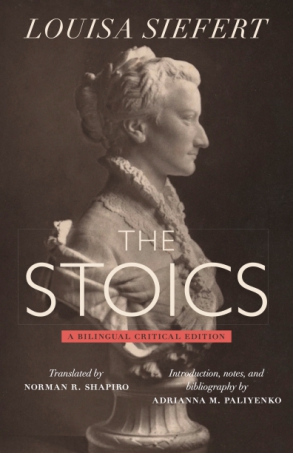 The Stoics
The Stoics
A Bilingual Critical Edition
Louisa Siefert, translated by Norman R. Shapiro, and with an introduction, notes, and bibliography by Adrianna M. Paliyenko
“Paliyenko and Shapiro provide readers with the opportunity to discover an underrated yet gifted nineteenth-century French poet in a bilingual edition that is powerfully supported by the introduction, notes, and bibliography. The Stoics situates itself within a vibrant movement to rediscover and reassess female writers, and the case is eloquently made for a revision of Siefert’s position in the canon.”
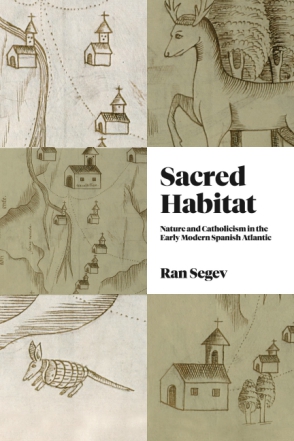 Sacred Habitat
Sacred Habitat
Nature and Catholicism in the Early Modern Spanish Atlantic
Ran Segev
“This concise, elegantly argued study constitutes a veritable watershed in our understanding of the relationship between science and religion. Segev’s compelling narrative and well-chosen case studies lay the foundations for a non-Eurocentric and truly global alternative to the tired story of the ‘scientific revolution.’ This book is therefore to be warmly welcomed. It is a considerable achievement and deserves the widest possible readership.”
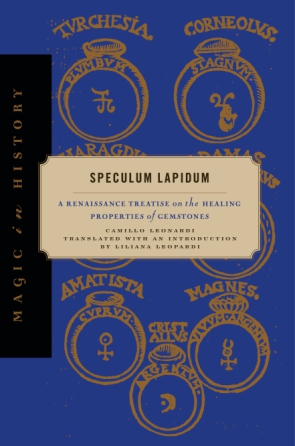 Speculum Lapidum
Speculum Lapidum
A Renaissance Treatise on the Healing Properties of Gemstones
Camillo Leonardi, translated with an introduction by Liliana Leopardi
In early modern Europe precious and semiprecious stones were valued not only for their beauty and rarity but also for their medical and magical properties. Lorenzo de’ Medici, Philip II of Spain, and Popes Leo X and Clement VII were all treated with expensive potions incorporating ground gems such as rubies, diamonds, and emeralds. Medical and magical/astrological lapidaries, texts describing the stones’ occult and medical qualities as well as their abilities to ward off demons and incantations, were essential resources for their use. First published in Venice in 1502, Camillo Leonardi’s Speculum Lapidum is an encyclopedic summary of all classical and medieval sources of lithotherapy.
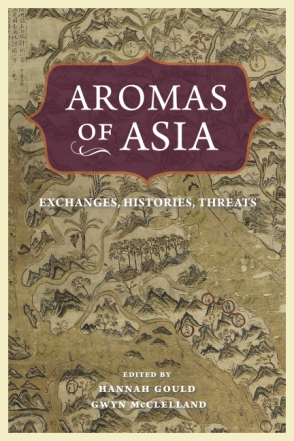 Aromas of Asia
Aromas of Asia
Exchanges, Histories, Threats
Edited by Hannah Gould and Gwyn McClelland
“Aromas of Asia is very much at the cutting edge of the field. Many books on smell engage in a battle with the straw man of ‘smell-as-neglected’ and ‘the West as ocular-centric.’ This book has moved way beyond such simplicities, and through its varied methodologies and diverse topics we emerge with a number of fresh perspectives on smell in Asia.”
subject/series highlight
upcoming exhibits & events
unlocked book of the month
Each month we’re highlighting a book available through PSU Press Unlocked, an open-access initiative featuring scholarly digital books and journals in the humanities and social sciences. This month’s pick: Pennsylvania Railroad.
new from eisenbrauns

Textbook of Aramaic Ostraca from Idumea, volume 5
Dossiers H–K: 485 Ostraca
Bezalel Porten and Ada Yardeni
Since the early 1990s, about two thousand Idumean Aramaic ostraca have found their way onto the antiquities market and are now scattered across a number of museums, libraries, and private collections. This fifth and final volume of the Textbook of Aramaic Ostraca from Idumea completes the work of bringing these ostraca together in a single publication.
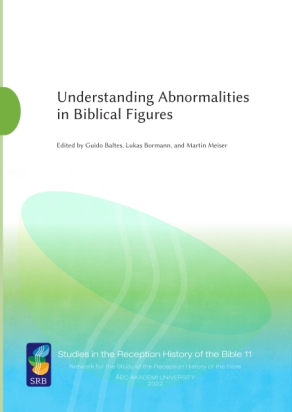
Understanding Abnormalities in Biblical Figures
Edited by Guido Baltes, Lukas Bormann, and Martin Meiser
Fifteen scholars examine the tension between normality and deviance in the Hebrew Bible and the New Testament as well as in their reception in Second Temple Judaism and patristic literature. It becomes clear that the ideas expressed in these texts about deviant behavior are primarily influenced by changes in anthropological and theological assumptions. The authors adapt the tradition to the contemporary understanding of normality and deviance to reach their rhetorical aim to convince the reader about their interpretations of the Biblical figures.
new from graphic mundi
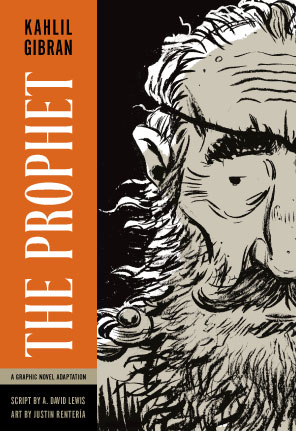 The Prophet
The Prophet
A Graphic Novel Adaptation
Kahlil Gibran, Script by A. David Lewis, and art by Justin Renterķa
| Control your subscription options |
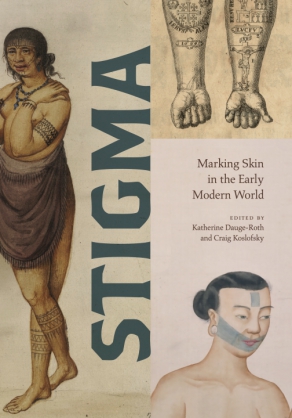

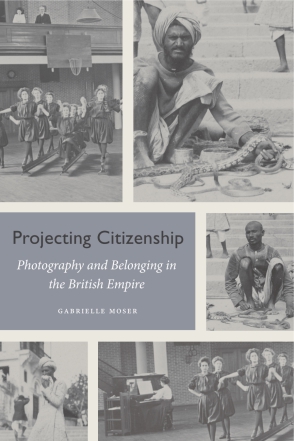
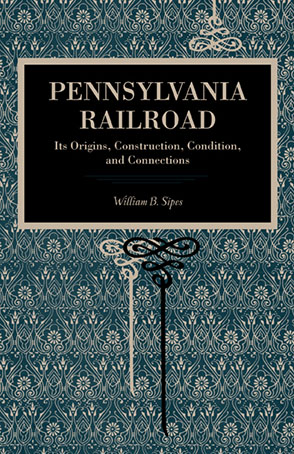
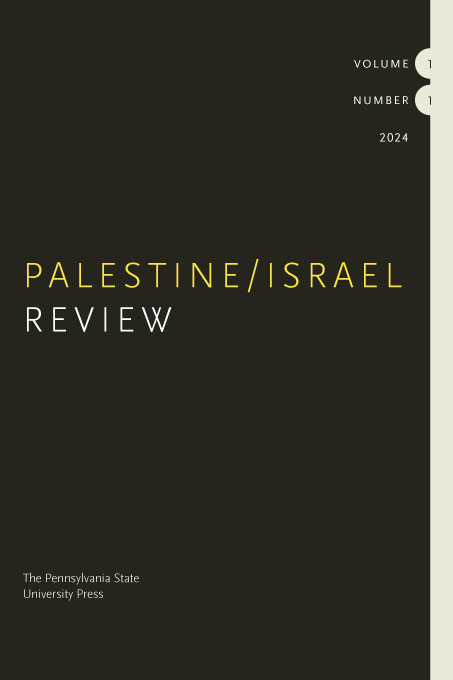
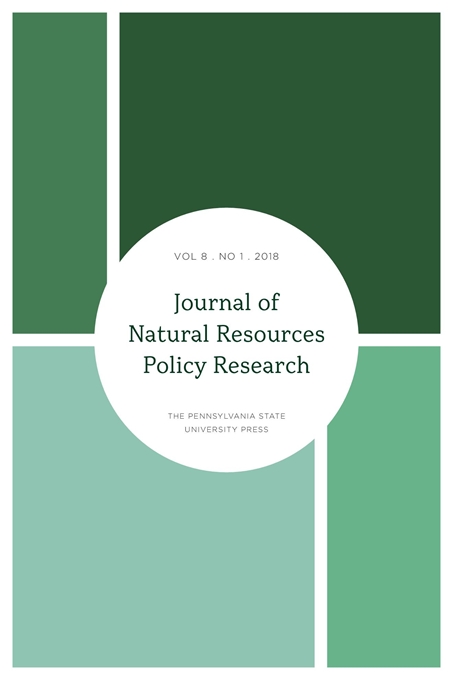
 Nuking Alaska
Nuking Alaska
